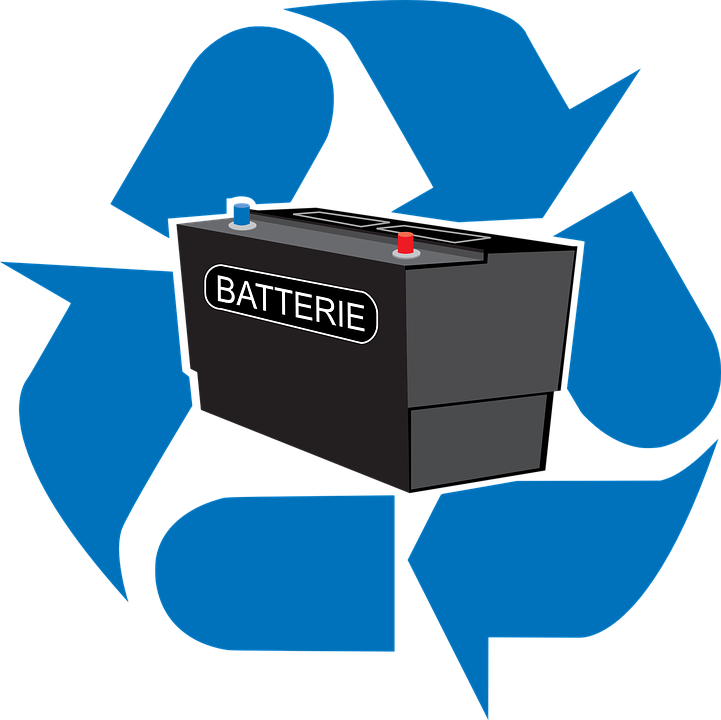In the era of environmental awareness, the journey of recyclable materials, particularly cardboard, plays a pivotal role in fostering sustainable development. From sorting and collection to processing, understanding the lifecycle of cardboard recycling unveils a cascade of eco-friendly solutions that contribute to a greener, more sustainable future.
Cardboard Recycling: A Circular Symphony
The lifecycle of cardboard recycling begins with the sorting process. At recycling facilities, cardboard is meticulously sorted from other materials to ensure purity. This initial step is crucial for maintaining the quality of recycled cardboard, laying the foundation for a circular economy where materials are continuously repurposed.
Collection: Gathering the Green Gold
Once sorted, cardboard embarks on its journey from homes, businesses, and industries to recycling centers. Collection efforts, whether through curbside recycling programs or drop-off centers, form the backbone of the recycling process. The collaboration between communities and recycling entities is instrumental in ensuring a steady flow of cardboard into the recycling stream.
Transportation: On the Road to Sustainability
Efficient transportation is the next chapter in the lifecycle of cardboard recycling. Collected cardboard is transported to recycling facilities where it undergoes further processing. This transportation phase emphasizes the importance of sustainable logistics, minimizing carbon footprints to align with the overarching goal of eco-friendly development.
Processing: Transforming Waste into Wealth
At recycling facilities, the real magic happens during the processing stage. Cardboard is broken down into fibers through a series of steps, including pulping and refining. These fibers are then used to create new cardboard products. The processing stage not only prevents the depletion of virgin resources but also significantly reduces energy consumption compared to producing cardboard from raw materials.
Manufacturing: Crafting a Sustainable Future

The recycled cardboard fibers find new life in the manufacturing of various products. From cardboard boxes to packaging materials, the versatility of recycled cardboard is harnessed across industries. This phase exemplifies how sustainable solutions can seamlessly integrate into our daily lives, offering products that are both eco-friendly and functional.
Market Demand: Driving Change
As consumers increasingly prioritize sustainable choices, the demand for products made from recycled materials, including cardboard, continues to rise. This surge in market demand not only drives economic growth but also reinforces the importance of recycling in sustainable development. The consumer’s role as an advocate for eco-friendly practices is vital in shaping the trajectory of cardboard recycling.
Community Engagement: A Collective Commitment
The success of cardboard recycling relies on the active engagement of communities. Educational programs, outreach initiatives, and the encouragement of responsible consumption all contribute to fostering a recycling culture. Community engagement fosters a sense of collective responsibility, reinforcing the idea that sustainable development is a shared commitment.
Environmental Impact: Mitigating Footprints
Perhaps the most profound aspect of the cardboard recycling lifecycle is its positive impact on the environment. By diverting cardboard from landfills, we mitigate the environmental footprint associated with waste disposal. Additionally, the energy savings in recycling compared to manufacturing from raw materials contribute to reducing greenhouse gas emissions and conserving natural resources.
Sustainable solutions, such as cardboard recycling, are the building blocks of eco-friendly development. The unveiling of the cardboard recycling lifecycle showcases a harmonious synergy between individuals, communities, and industries. From the sorting facilities to the manufacturing plants, each stage is a testament to the potential for positive change. As we navigate the lifecycle of cardboard recycling, let us recognize the power we hold to shape a future where waste transforms into wealth, and sustainable development becomes a reality.
Hope you’ve found this post helpful. Feel free to share your thoughts in the comments below.




